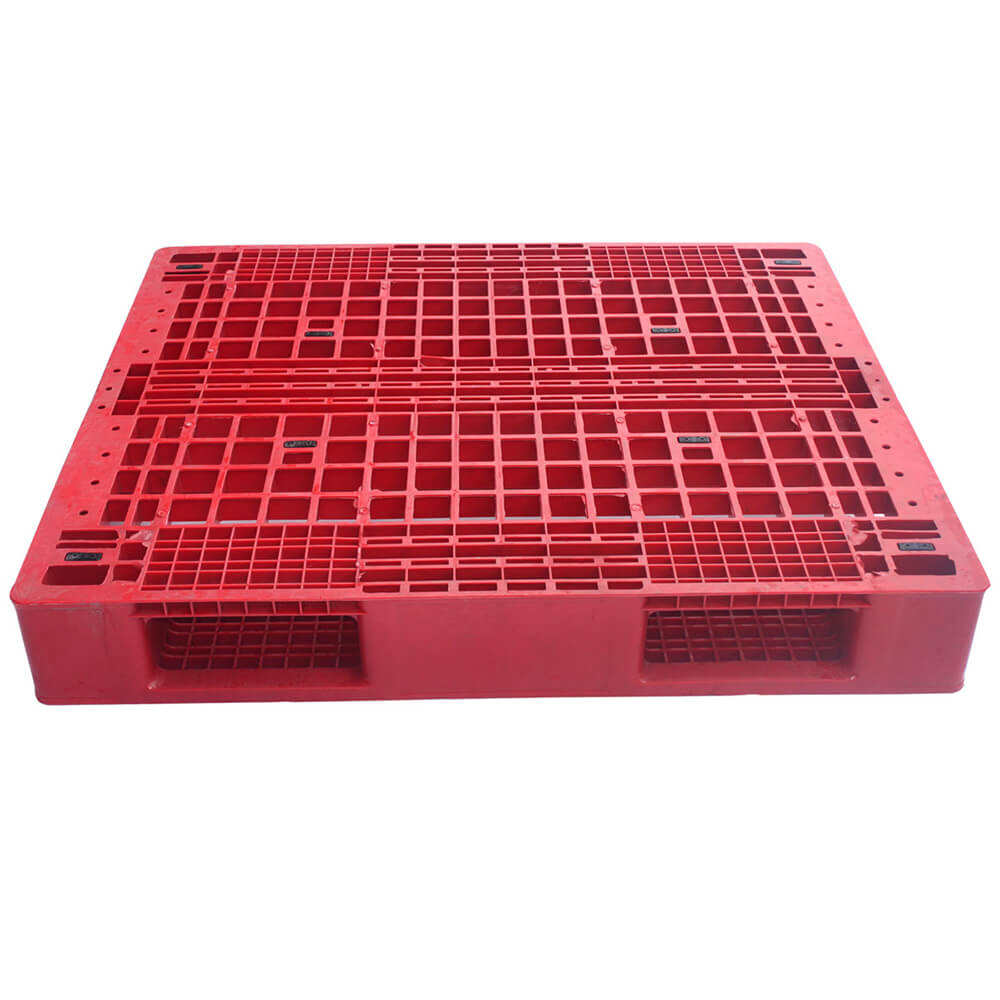Essential Guide to Warehouse Pallet Selection
The backbone of any efficient warehouse operation lies in choosing the right pallets. Warehouse pallets serve as the fundamental building blocks of material handling, directly impacting operational efficiency, safety, and bottom-line results. Making an informed decision about pallet selection requires careful consideration of multiple factors, from material composition to load capacity and intended application.
The modern warehouse environment demands pallets that can withstand rigorous use while maintaining structural integrity. Whether you're managing a small distribution center or overseeing a massive fulfillment operation, your choice of warehouse pallets will significantly influence your daily operations, storage capabilities, and overall warehouse productivity.
Understanding Pallet Materials and Their Applications
Wood Pallets: Traditional Reliability
Wood pallets remain the most widely used option in warehouse environments, accounting for approximately 80% of the market. Their popularity stems from their cost-effectiveness, ease of repair, and proven durability. Hardwood pallets offer superior strength for heavy loads, while softwood alternatives provide a more economical option for lighter applications.
One of the key advantages of wooden warehouse pallets is their high friction surface, which helps prevent load shifting during transport. They also offer excellent versatility, supporting both domestic and international shipping requirements when properly treated according to ISPM-15 standards.
Plastic Pallets: Modern Innovation
Plastic pallets have gained significant traction in warehouse operations, particularly in industries requiring strict hygiene standards. These warehouse pallets offer consistent dimensions, resistance to moisture, and immunity to insect infestation. Their smooth surfaces and ergonomic design make them ideal for automated handling systems.
Despite a higher initial investment, plastic pallets often deliver long-term cost benefits through extended lifespan and reduced maintenance needs. They're particularly valuable in pharmaceutical, food, and beverage warehousing where cleanliness is paramount.
Metal Pallets: Maximum Durability
For specialized warehouse applications demanding ultimate durability and strength, metal pallets present an optimal solution. These warehouse pallets excel in environments with extreme temperatures or where fire resistance is essential. Their precision engineering ensures consistent performance in automated systems.
While metal pallets represent the highest initial investment, their virtually unlimited lifespan and zero maintenance requirements make them cost-effective for specific long-term applications.

Critical Factors in Pallet Selection
Load Capacity Requirements
Understanding your warehouse's specific load requirements is crucial for proper pallet selection. Static load capacity refers to the weight a pallet can bear while stored, while dynamic load capacity indicates its strength during movement. Both factors must align with your operational needs to ensure safety and efficiency.
Consider not just the maximum weight of individual loads, but also stacking requirements and rack storage specifications. Your warehouse pallet choice must accommodate both current needs and potential future changes in loading patterns.
Handling Equipment Compatibility
The type of material handling equipment used in your warehouse directly influences pallet selection. Four-way entry pallets offer maximum flexibility for forklift access, while block pallets provide better support for heavy loads. Ensure your chosen warehouse pallets complement your existing handling equipment and storage systems.
Consider the interaction between pallets and automated systems, including conveyor belts, automated guided vehicles (AGVs), and robotic handling equipment. Compatibility issues can lead to operational disruptions and increased maintenance costs.
Environmental and Economic Considerations
Sustainability Impact
Modern warehouse operations increasingly emphasize environmental responsibility. Recyclable materials and sustainable manufacturing processes play a crucial role in pallet selection. Wood pallets offer natural biodegradability, while plastic pallets can be recycled at end-of-life.
Consider implementing a closed-loop pallet management system to maximize environmental benefits and minimize waste. This approach can significantly reduce your warehouse's environmental footprint while potentially generating cost savings.
Total Cost of Ownership
When evaluating warehouse pallet options, look beyond initial purchase price to consider total lifecycle costs. Factor in maintenance requirements, expected lifespan, repair costs, and potential disposal fees. High-quality pallets may command premium prices but often deliver superior long-term value.
Calculate the cost per use rather than just the purchase price. This approach provides a more accurate picture of the true economic impact of your pallet selection decision.
Frequently Asked Questions
What is the optimal warehouse pallet size for general use?
The standard 48x40 inch pallet size remains the most versatile choice for general warehouse use, offering compatibility with most handling equipment and storage systems. However, specific industries or international operations may require different dimensions to optimize space utilization and comply with regional standards.
How often should warehouse pallets be inspected and replaced?
Regular inspections should occur before each use, with thorough evaluations conducted monthly. Wood pallets typically require replacement every 15-30 trips, while plastic pallets can last 100+ trips. Metal pallets rarely need replacement under normal use conditions. Establish a systematic inspection protocol to maintain safety and efficiency.
Can different pallet types be mixed in the same warehouse operation?
Yes, many warehouses successfully utilize multiple pallet types to optimize different aspects of their operations. For example, plastic pallets might be used for clean room areas while wood pallets handle general storage. The key is maintaining clear protocols for each pallet type's specific application and handling requirements.

